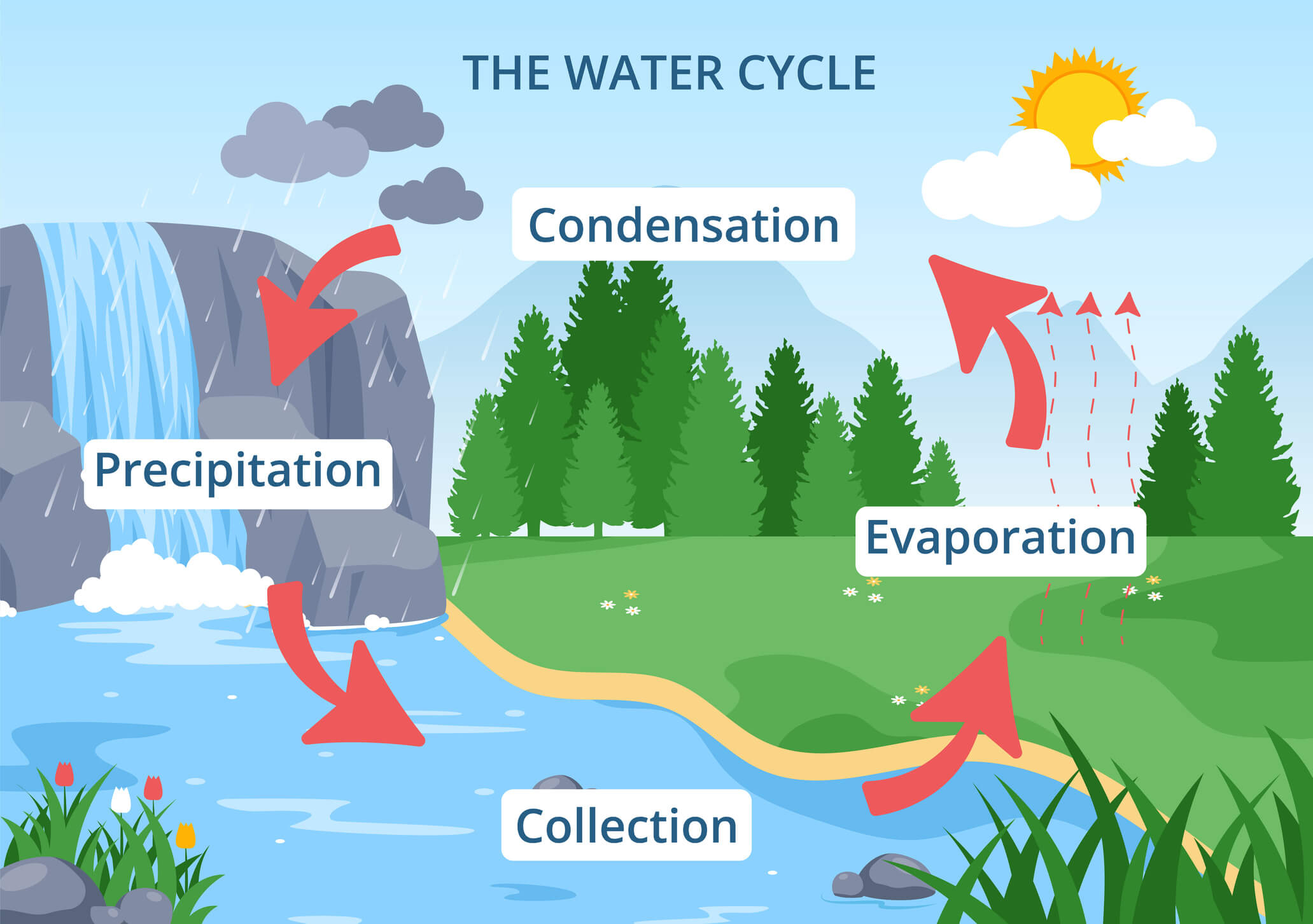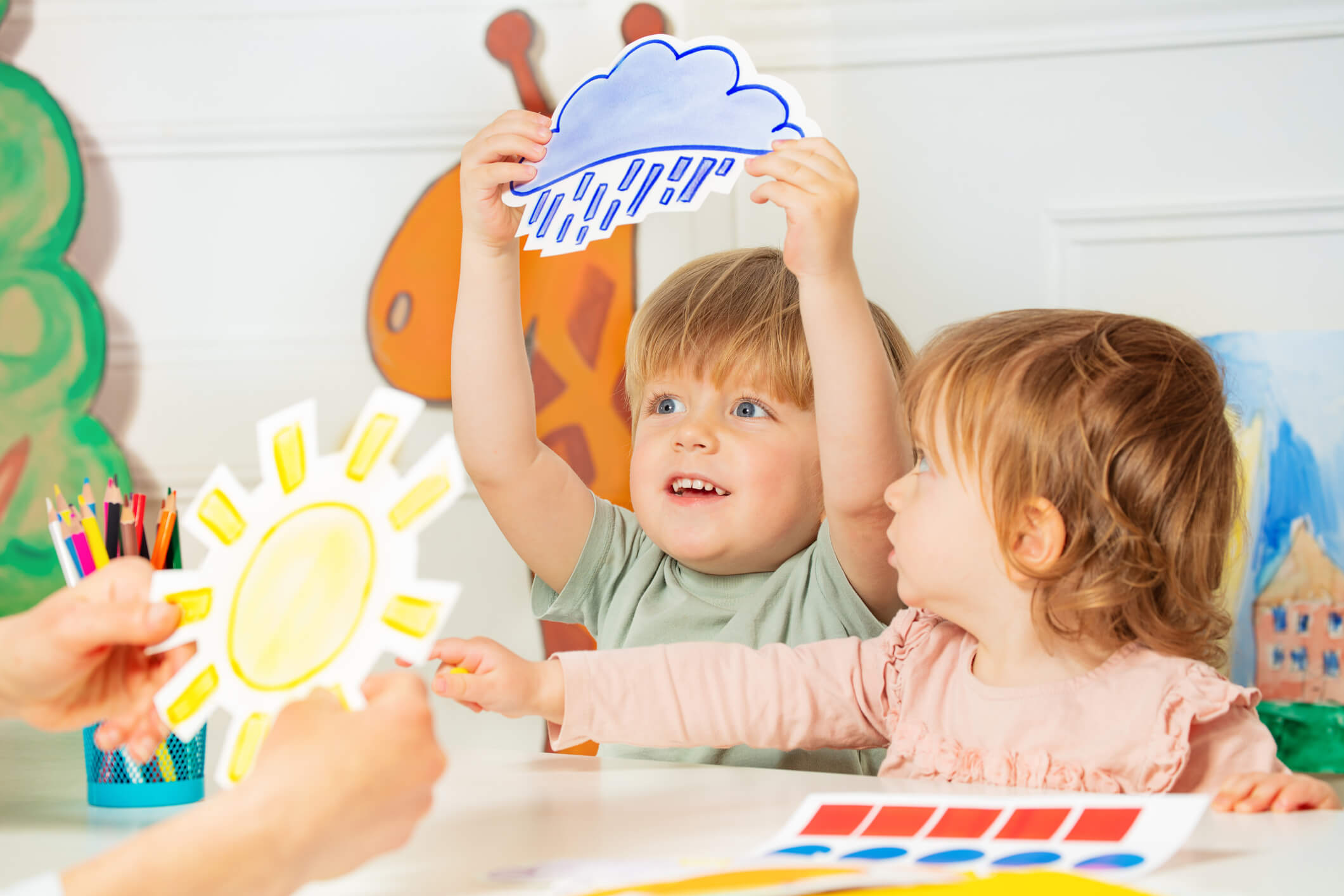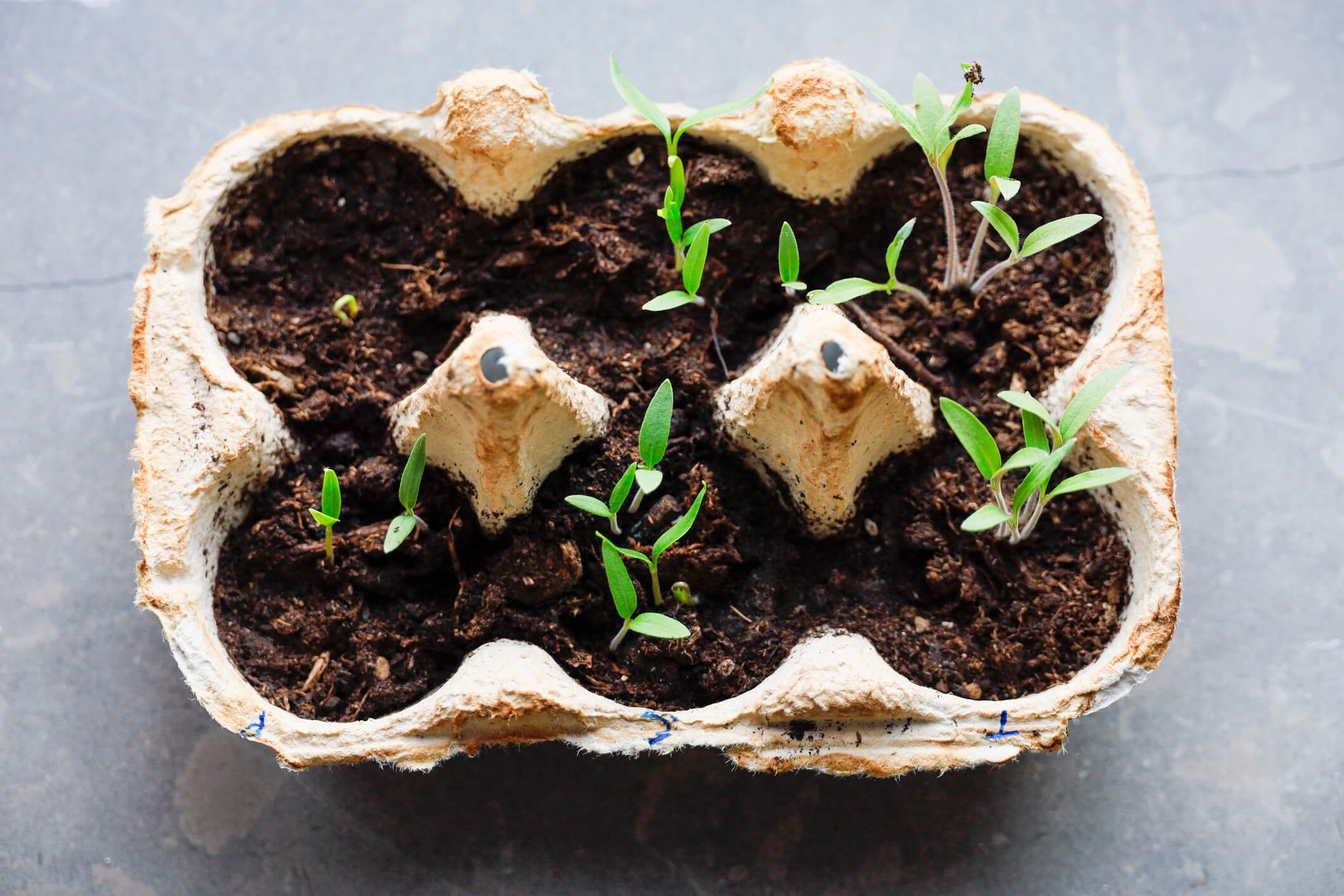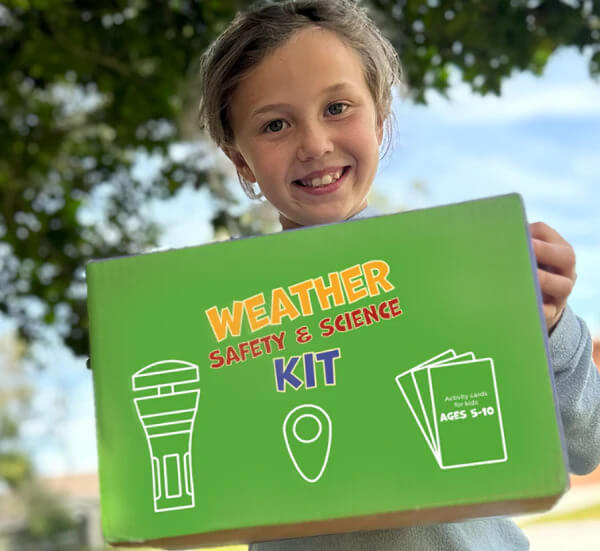Learning about weather doesn’t have to stay inside the classroom. With the right weather activities for kids, you can turn curiosity into fun, hands-on experiences that teach important science concepts.
Since everyone is affected by the weather, it’s helpful to start teaching weather early. These engaging activities about weather are simple to set up, require only a few materials, and can be done in a short amount of time. Kids will enjoy experimenting while gaining a deeper understanding of how Earth’s systems work.
The Tempest Weather Safety & Science Kit includes a Tempest Weather System, a handheld WEATHERmeter, and weather-based activity cards designed to make learning about weather more interactive.
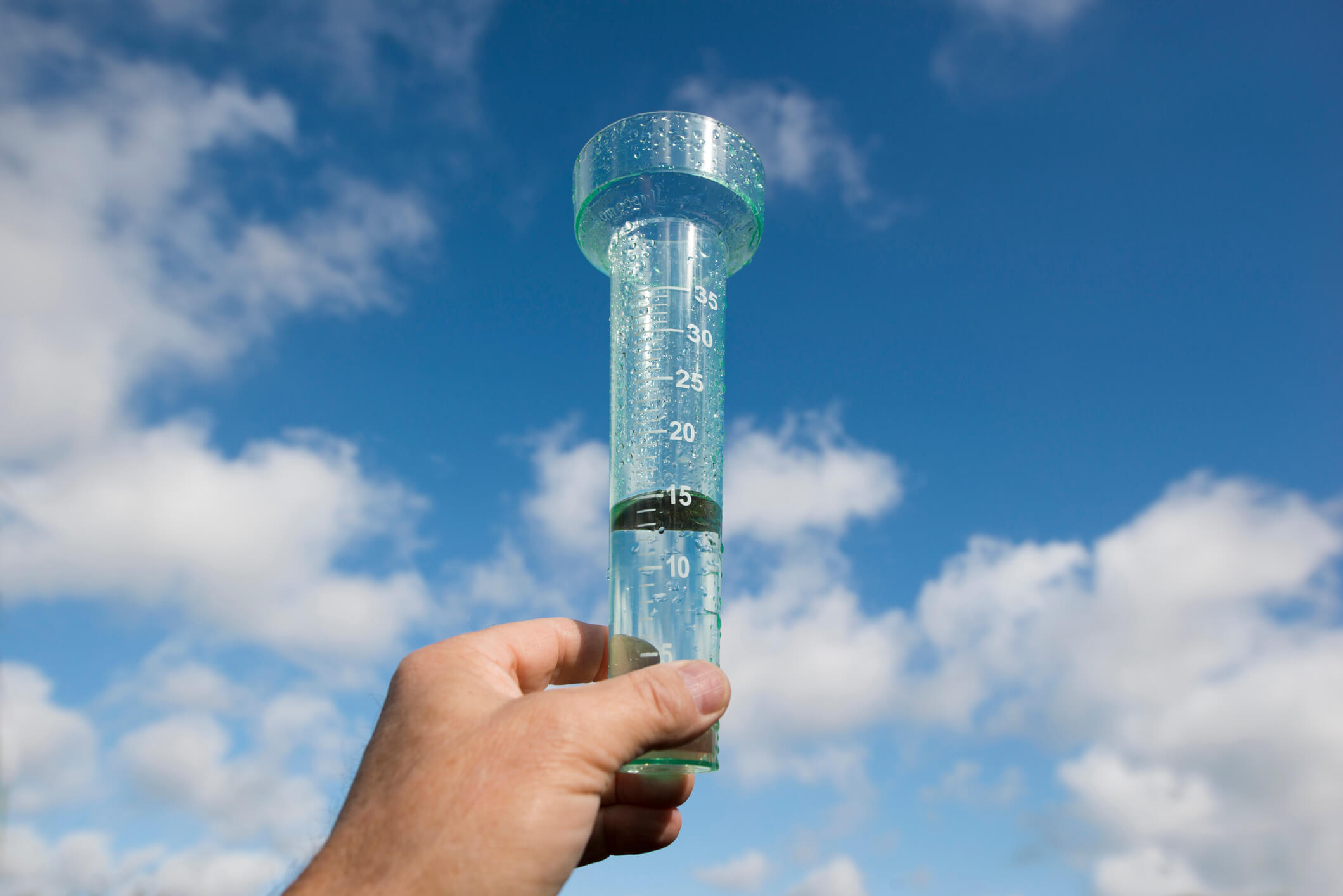
Build A Rain Gauge
A rain gauge helps kids measure how much rain falls in a specific period. For this activity, you’ll need:
- Plastic bottle
- Ruler
- Scissors
- Markers
Cut the top off a plastic bottle (a 2-liter soda bottle works well). Add a few small rocks to the bottom to stabilize it. Then, use the ruler and marker to label measurements in half-inch increments on the side. Place the bottle outside in an open area away from trees or buildings.
After a rainfall, kids can observe and record how much rain was collected. For more advanced comparison, they can check the amount against a personal weather station or weather app data.

DIY Anemometer
An anemometer measures wind speed, and kids can create one using household items. For this weather project, you’ll need:
- 4 small paper cups
- 2 straws
- Pencil
- Tape
- Stapler
Tape the two straws together to form a cross. Push a pin through the center of the cross and into the pencil’s eraser to act as a pivot. Widen the hole slightly so the straws can spin. Staple one cup to the end of each straw, making sure all face the same direction. Mark one of the cups to track its rotation.
Take the anemometer outside or place it in front of a fan. Count how many times the marked cup spins in one minute. Kids can compare rotation speeds under different wind conditions to estimate wind speed, using a weather report for reference.
Weather Journal
A weather journal is a great way to begin observing daily patterns. All you need is:
- Notebook
- Pen or pencil
Have kids write down daily weather observations, including temperature, cloud cover, wind speed, and precipitation. They can use a weather app, TV forecast, or even a personal weather station. Over time, this activity helps children notice weather trends and understand how and why the weather changes.
Did you know the windiest state in the United States is South Dakota? Learn more weather facts for kids in our guide.
Make A Tornado In A Jar
To help kids visualize how tornadoes form, this activity uses simple materials:
- A jar with a lid
- Dish soap
- Water
- Vinegar
- Glitter (optional for fun colors)
Fill the jar with cold water, leaving some space at the top. Add a few drops of dish soap, a capful of vinegar, and glitter if you want some fun color. Close the lid tightly. Shake and swirl the jar in a circular motion. A mini tornado will appear in the water, mimicking how air moves in an actual tornado. This is a simple way to demonstrate powerful weather events on a small scale.
Water Cycle In A Bag
This is one of the most visual weather activities for kids and shows how the water cycle works. You’ll need:
- Clear plastic bag
- Water
- Markers
- Blue food coloring
- Tape or something to hold it in a sunny window
Draw a simple water cycle diagram on the bag: include the ocean, evaporation arrows, a cloud, and precipitation arrows. Fill the bag with water and a few drops of blue food coloring. Seal it and tape it to a sunny window. As the day goes on, kids will see condensation form and water droplets slide down the bag, visually representing the water cycle in action.
Create Weather Art
Combining science and creativity, this activity encourages kids to reflect on what they observe. You’ll need:
- Paper
- Markers, crayons, or paint
Ask kids to draw or paint what today’s weather looks like, including sun, clouds, rain, or snow. They can incorporate temperature and wind conditions, too. This is a great way to reinforce daily weather observations from earlier activities like the journal.
If you want a more hands-on activity in nature, take them to a garden and teach them what the best weather for gardening is.
Sunshine Shadow Experiment
This activity requires minimal materials and helps explain how the sun moves across the sky.
Choose a sunny day and go outside in the morning. Have the kids stand still and use chalk to trace the outline of their shadow. A few hours later, return to the same spot and trace the shadow again. They’ll notice that the shadow has moved and changed in length. This leads naturally into a discussion about the sun’s position in the sky and its connection to time and UV exposure.
Thunderstorm Safety Drill
Understanding weather also means learning how to stay safe during severe events.
Start by explaining what thunderstorms are and why they can be dangerous, especially because of lightning, strong winds, and potential tornadoes. Then, walk through a safety drill. Practice moving to a safe location away from windows and water. Reinforce the importance of staying indoors and following adult instructions during a storm. Though it’s not a hands-on craft, this activity is crucial in teaching weather safety.
Build A Mini Greenhouse
This project teaches kids how the weather affects plant growth. You’ll need:
- Empty egg carton
- A gallon jug to hold the egg carton
- Scissors
- Soil
- Plant seeds
- Water
- Spray bottle
- Marker
Cut and prepare your egg containers by poking small holes at the bottom of it. Fill the egg carton cups with soil and plant seeds according to their depth instructions. Lightly mist the soil with a spray bottle. Have an adult cut the gallon jug in half. Place the egg carton in the jug and put the top part of the jug over it to trap heat and moisture. Label each section with the plant type and date.
Place the container in a sunny spot and check it daily. Over time, kids can observe how sunlight, warmth, and moisture help plants grow.
Cloud Identification Walk
All you need for this outdoor activity is:
- Paper
- Pencil or markers
Before heading outside, show the kids pictures of common cloud types: cumulus, stratus, cirrus, and cumulonimbus. On your walk, have them look up and try to identify what kinds of clouds they see, then draw or write down their observations. This reinforces their visual memory and helps them understand why clouds look different depending on weather conditions.
Get Accurate Local Weather Readings With The Tempest Weather System
These hands-on weather activities help kids explore science in a way that’s fun, practical, and memorable. Whether they’re building models, observing the sky, or journaling weather patterns, they’re developing real-world skills and critical thinking. These experiences also offer great bonding moments for families and teachers looking to make science more engaging.
To bring science even closer to home, consider using the Tempest Weather System, which is included in our Weather Safety & Science Kit. This personal weather station provides real-time, hyper-local weather updates right from your backyard. It’s an excellent tool for teaching weather in an interactive, tech-savvy way that keeps kids interested and involved.



